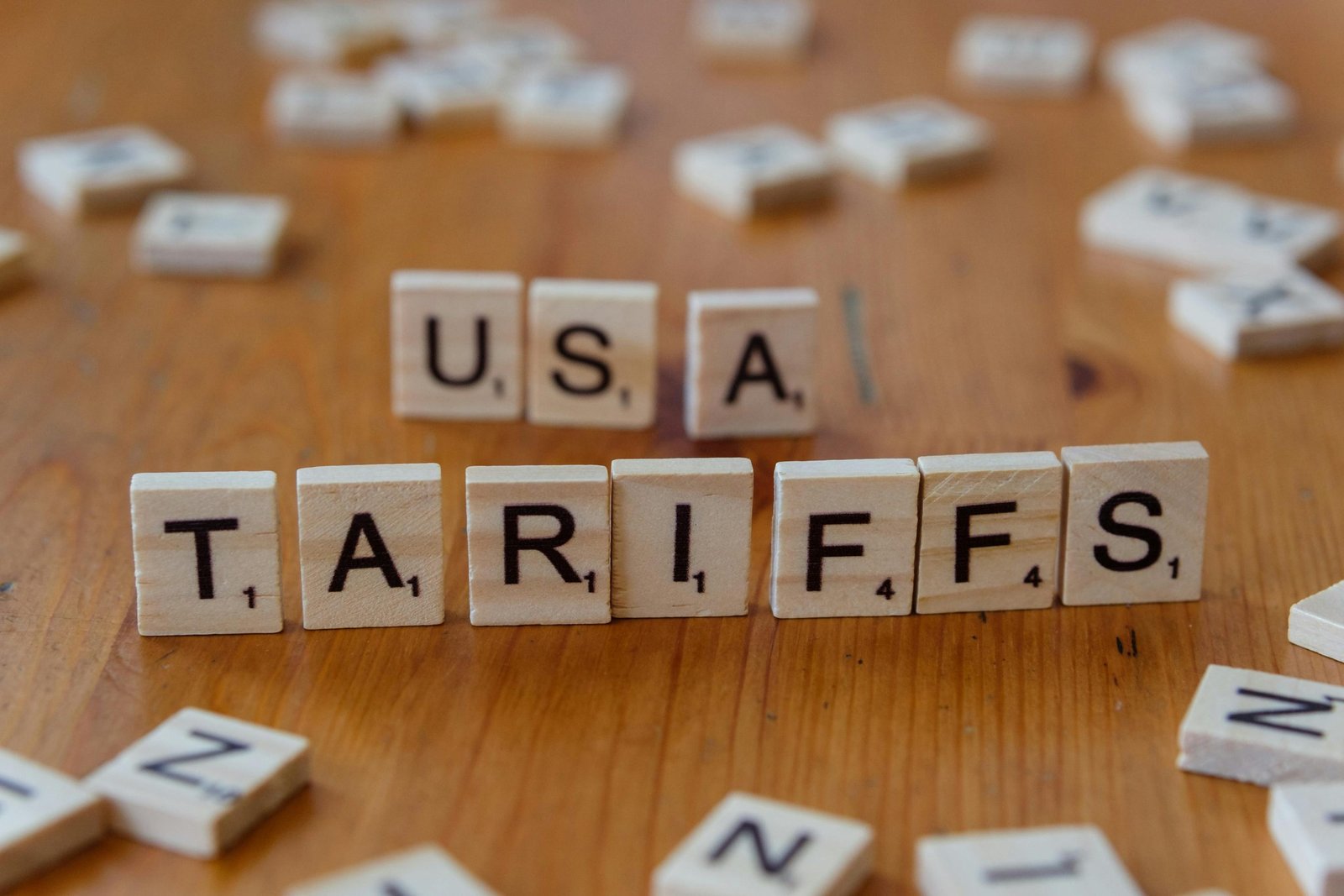This Content Is Only For Subscribers

The recent implementation of the “Liberation Day” tariffs by the U.S. administration has introduced significant challenges for domestic outdoor brands. These tariffs impose a universal 10% duty on imports, with higher rates for specific countries, including a cumulative 54% on Chinese goods.
The outdoor industry, heavily reliant on imports for both finished products and raw materials, faces increased production costs due to these tariffs. For instance, prior to the new tariffs, hiking boots were already subject to a 37.5% tariff; the additional duties have escalated this to 52.5%. Such increases may compel companies to raise retail prices, potentially reducing consumer demand and impacting sales.
Even brands manufacturing domestically are not insulated from these effects, as many depend on imported components. The Outdoor Industry Association (OIA) reported that, in a previous year, the industry paid an additional $2.6 billion in tariffs, underscoring the widespread financial strain. This financial burden could hinder growth, innovation, and job creation within the sector.
While the tariffs aim to encourage domestic manufacturing, the transition is complex and resource-intensive. Certain products, such as bicycle drivetrains and specialized fabrics, have limited production capabilities within the U.S., making immediate reshoring challenging.
Industry leaders have expressed concerns about the tariffs’ impact. Kent Ebersole, OIA President, emphasized that these tariffs could “raise costs for businesses and consumers alike,” potentially leading to business closures. The uncertainty surrounding trade policies complicates strategic planning, with some companies postponing hiring and product launches in response.
In summary, the 2025 tariffs present substantial challenges for U.S. outdoor brands, affecting production costs, pricing strategies, and long-term planning. While some companies may explore domestic manufacturing, the immediate future requires careful navigation of increased costs and market dynamics.



